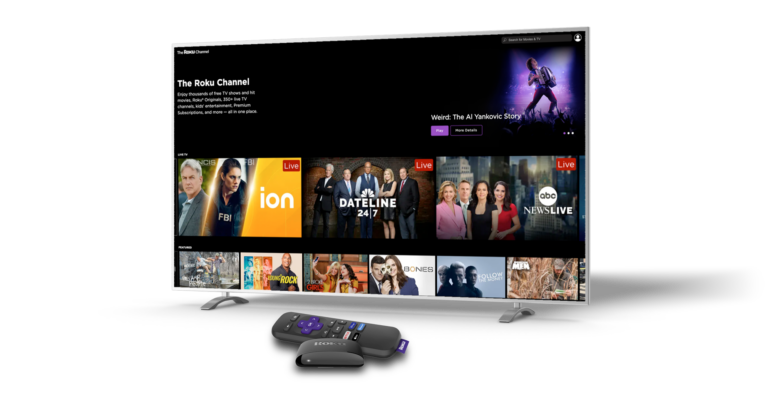Hytera Revolutionizes Communications with HyTalk at MWC 2025
At the Mobile World Congress 2025 in Barcelona, Hytera Communications, a global leader in professional communication solutions, introduced HyTalk, its new Push-to-Talk over Cellular (PTToC) platform. This technology is set to redefine enterprise communications, providing a reliable, secure, and scalable system for critical sectors such as transportation, security, logistics, public services, and emergency management.
















